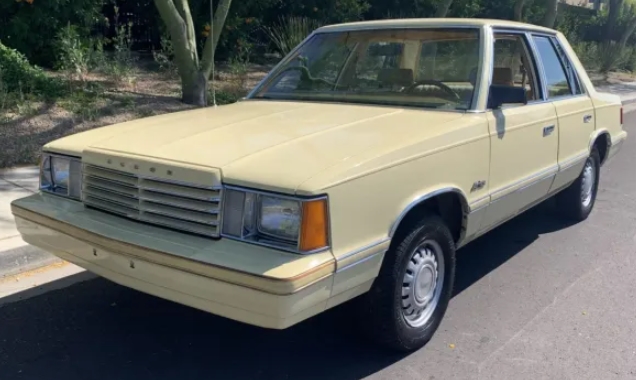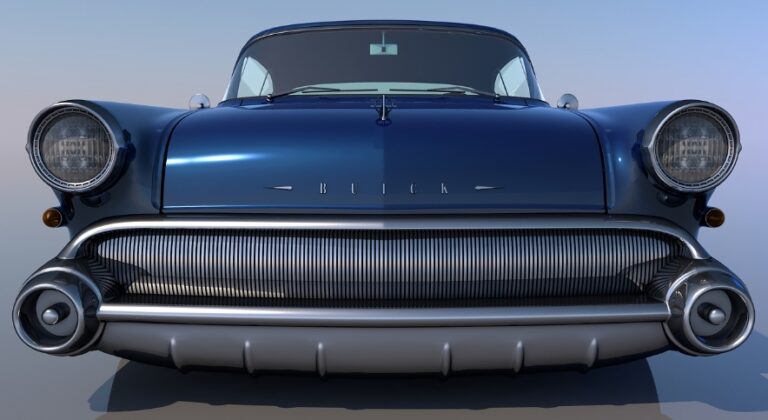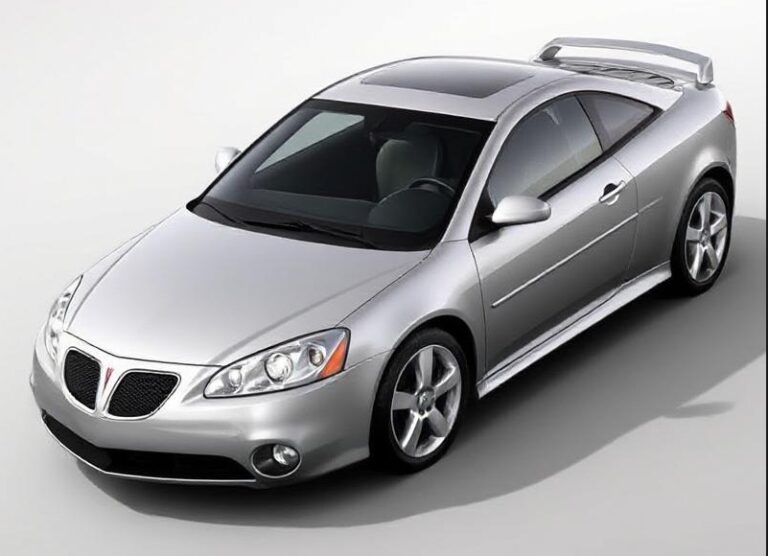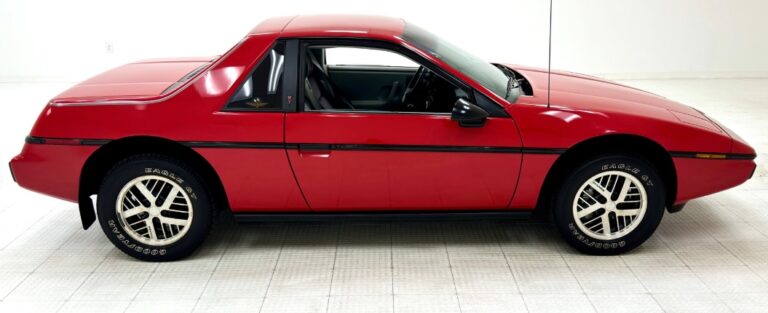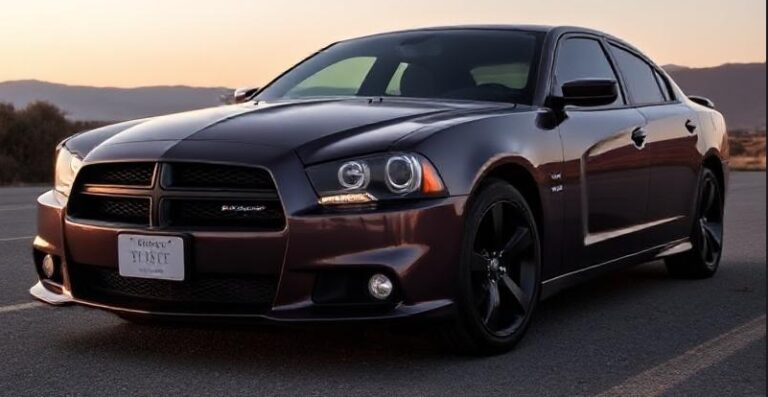The Evolution of the Chrysler K-Car: A Landmark in American Automotive History
The Chrysler K-Car, often hailed as a pivotal development in the automotive industry, emerged during a challenging time for Chrysler Corporation in the late 1970s. Introduced at the dawn of the 1980s, the K-Car was more than just a vehicle; it represented a reinvention for Chrysler and an innovative push that would redefine the compact car segment in America.
A Rocky Start: The Late 1970s
Before delving into the K-Car’s production and models, it’s important to understand the context of its creation. As the energy crisis hit in the late 1970s, American car manufacturers faced a crisis of their own. Chrysler, once a giant, was struggling with financial instability, a bloated lineup of larger vehicles, and an inability to compete with the import compact cars that were sweeping the market.
In this precarious situation, Chrysler leaned on Lee Iacocca, who had become the company’s president. He envisioned a new line of small, fuel-efficient cars that would retain some luxury features, laying the groundwork for the K-Car.
Introduction of the K-Car: 1981
The Chrysler K-Car made its debut in 1981. Initially, it comprised two main models: the Chrysler Newport and the Chrysler LeBaron. Built on the K platform, the car featured a front-wheel-drive layout, which was a departure from the rear-wheel-drive models that dominated the American car market. Noteworthy was the design, which provided a spacious interior without sacrificing the compact car’s exterior dimensions.
Model Range and Trim Levels (1981-1989):
- Chrysler K-Car (1981)
- Base model
- Offered as a sedan and a wagon
- Chrysler LeBaron (1982-1988)
- LeBaron Coupe: Sleeker design, sport-focused variant
- LeBaron Convertible: One of Chrysler’s first mass-market convertibles in years, appealing to a sun-loving demographic
- LeBaron Sedan: A four-door option catering to families
- Chrysler New Yorker (1983-1988)
- A more luxurious variant, it boasted enhanced features and a more upscale trim.
The Expansion of the K-Car Lineup
Throughout the 1980s, Chrysler expanded the K-Car lineup significantly, adding models that catered to various market segments. The introduction of the Dodge and Plymouth variants marked a crucial moment, creating a unified family of K-Cars across the Chrysler brand.
- Dodge Aries (1981-1989)
- A compact sedan and wagon option
- Promoted as a practical family car
- Plymouth Reliant (1981-1989)
- Also offered as a sedan and wagon
- Shared a similar essence with the Dodge Aries but targeted a different demographic
One of the K-Car’s defining features was its variety of trim levels that allowed customers to choose based on their desired luxury and performance. These ranged from base models with minimal amenities to more luxurious offerings loaded with advanced options for the era, such as leather seats, sunroofs, and more powerful engines.
Performance and Innovations
The K-Car was well-equipped for its time, featuring the option for powerful 2.2-liter and later 2.5-liter four-cylinder engines. These were coupled with an automatic transmission, gearing the K-Car towards efficiency. The fuel economy ratings were practical and aligned with the growing consumer demand for efficient, financially savvy choices in light of rising gas prices.
.

.
The K-Car’s Influence and Impact
By the mid-1980s, the K-Car platform became incredibly influential not just for Chrysler but for the industry as a whole. The K-Car was credited with saving Chrysler from the brink of bankruptcy. The platform facilitated the creation of numerous vehicles, which contributed to Chrysler’s recovery and profitability, leading to further innovation.
The K-Car platform was integral in spawning numerous other models. The Chrysler Town & Country, Dodge Caravan, and Plymouth Voyager minivans emerged from the K-Car architecture, revolutionizing the family vehicle segment. These minivans became enormous hits and accounted for a substantial share of the automotive market in the following years.
The 1990s and End of an Era
While the K-Car continued to be sold into the early 1990s, production began to taper off as the automotive landscape changed. The K platform was replaced with newer, more advanced technologies and designs. The last of the K-Car variants, primarily the Chrysler LeBaron, was discontinued in 1995, culminating a 14-year run.
Legacy and Conclusion
The Chrysler K-Car’s legacy is multifaceted. It is often remembered for its role in rescuing Chrysler from financial ruin. More importantly, it showcased how a carefully considered design ethos could cater to consumer needs in an evolving automotive marketplace. The K-Car demonstrated the importance of efficiency, practicality, and affordability during a time of economic uncertainty and shifting consumer preferences.
In summary, the Chrysler K-Car stood as a symbol of ingenuity in the face of adversity. Its evolution from a single model in 1981 to a comprehensive line that included various trims and models underscored Chrysler’s adaptation to market demands and challenges. Though the K-Car nameplate faded into history, its influence lingers on in the cars we drive today— a testament to the innovative spirit that continues to drive the automotive industry forward.
